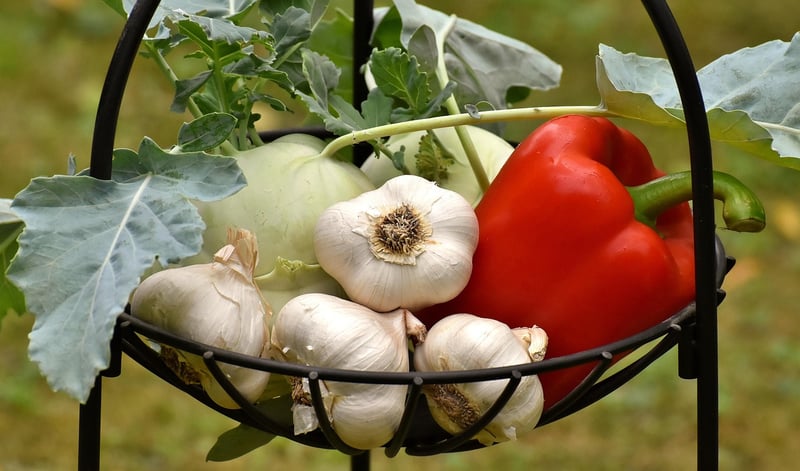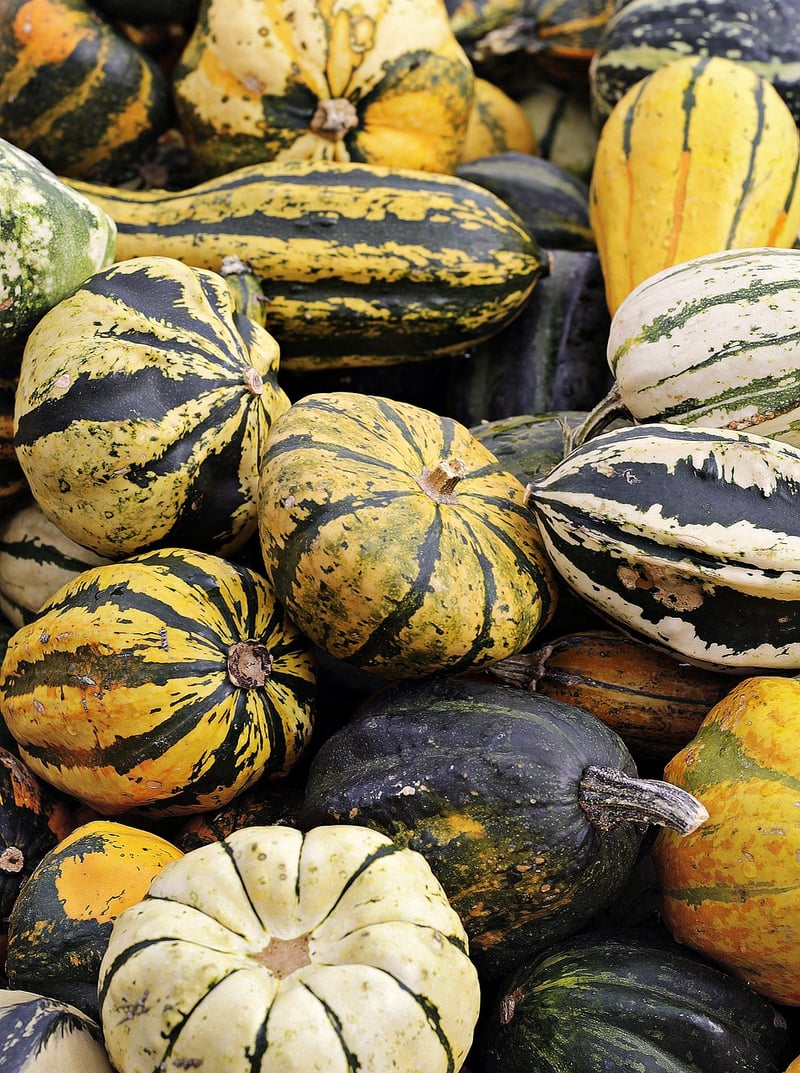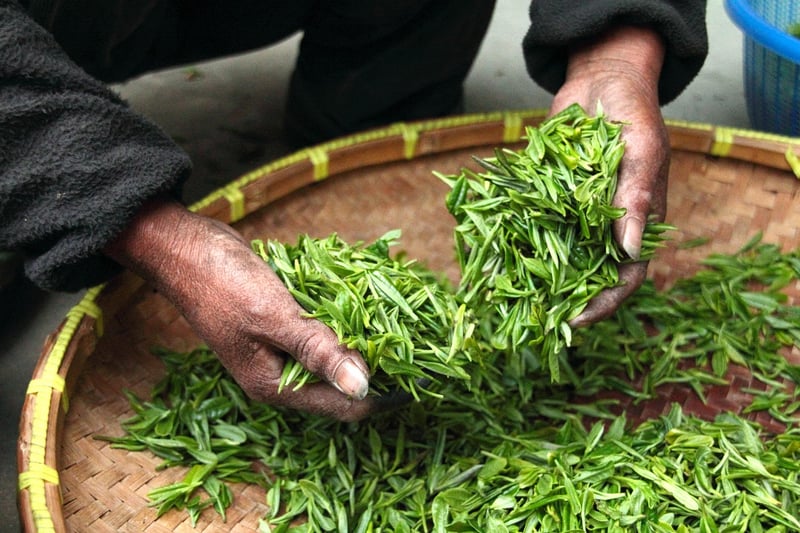Summer Harvesting
Adapting to Changing Seasons and Summer Harvesting
The Importance of Adapting to Changing Seasons
As the seasons shift, it's crucial for gardeners and farmers to adapt their practices accordingly. Each season brings unique challenges and opportunities that can impact plant growth and productivity. By understanding and responding to these changes effectively, you can optimize your harvest and ensure the health of your plants.
Tips for Adapting to Changing Seasons
- Monitor weather patterns and adjust watering schedules as needed.
- Plant seasonal crops that are well-suited to the current climate.
- Protect plants from extreme temperatures with shade cloth or row covers.
- Rotate crops to maintain soil health and prevent disease buildup.
- Harvest fruits and vegetables at the peak of ripeness for the best flavor and nutritional value.
Summer Harvesting Tips
Summer is a bountiful time for harvesting fresh produce from your garden. Here are some tips to make the most of your summer harvest:
1. Harvest Early in the Morning or Late in the Evening
For the best flavor and texture, pick fruits and vegetables early in the day before the sun is too hot.
2. Use Proper Harvesting Techniques
Handle delicate produce like tomatoes and berries with care to avoid bruising. Use sharp pruners or scissors to cut herbs and greens without damaging the plant.
3. Store Harvested Produce Correctly
Store fruits and vegetables in a cool, dark place to extend their shelf life. Some produce, like tomatoes, should not be refrigerated to maintain their flavor.
4. Preserve Excess Produce
If you have an abundance of fruits or vegetables, consider preserving them through canning, freezing, or drying to enjoy them later in the year.
Images to Inspire Your Summer Harvest


Embrace the changing seasons and make the most of your summer harvest with these tips and techniques. Happy gardening!
